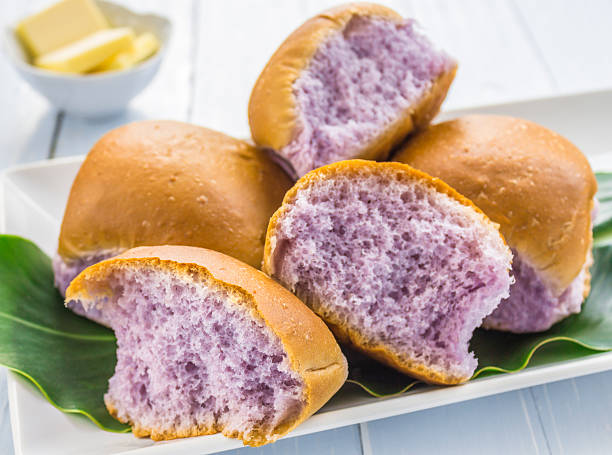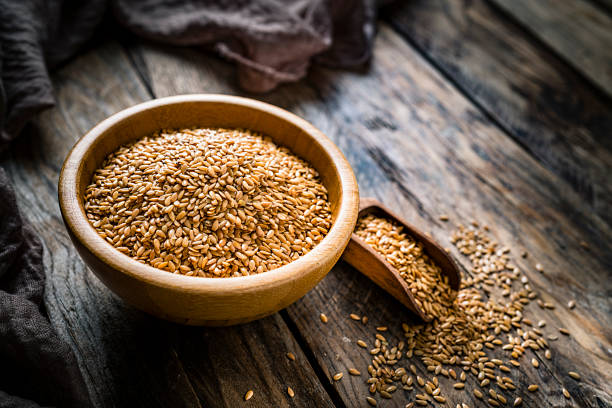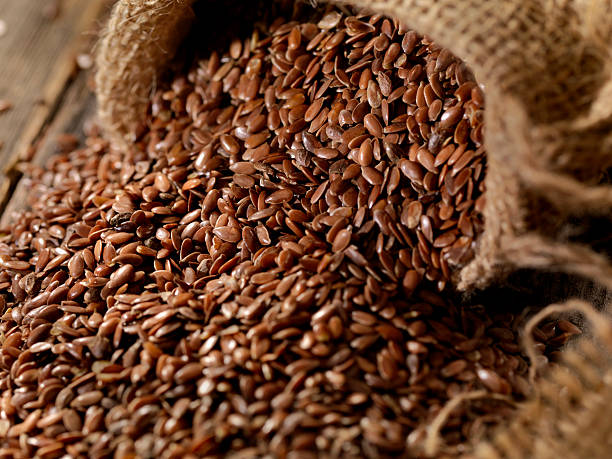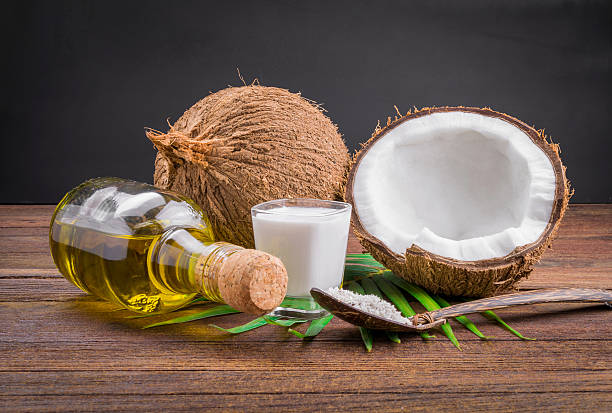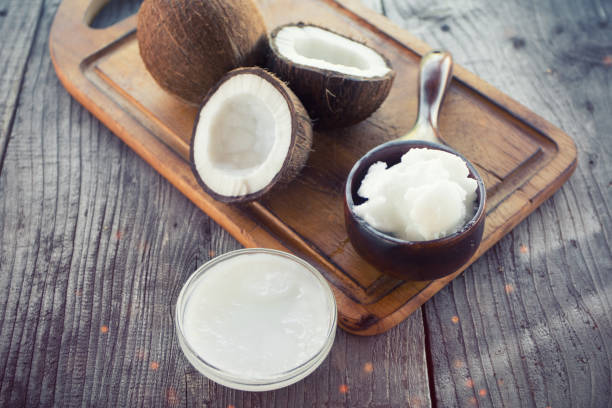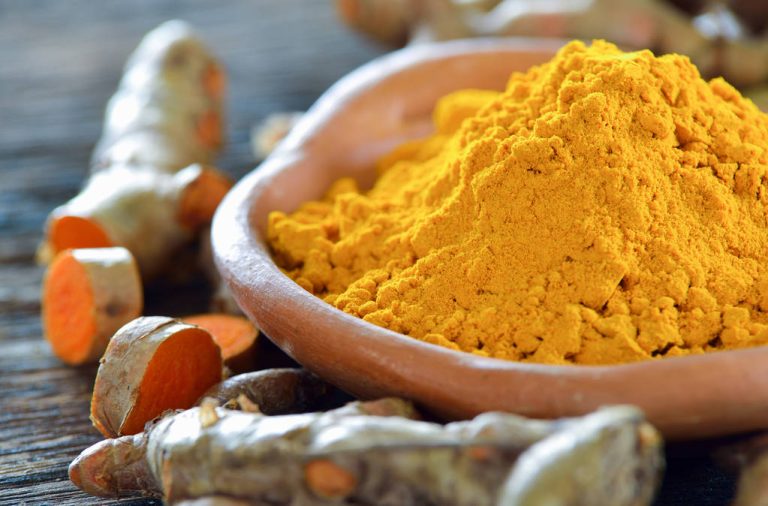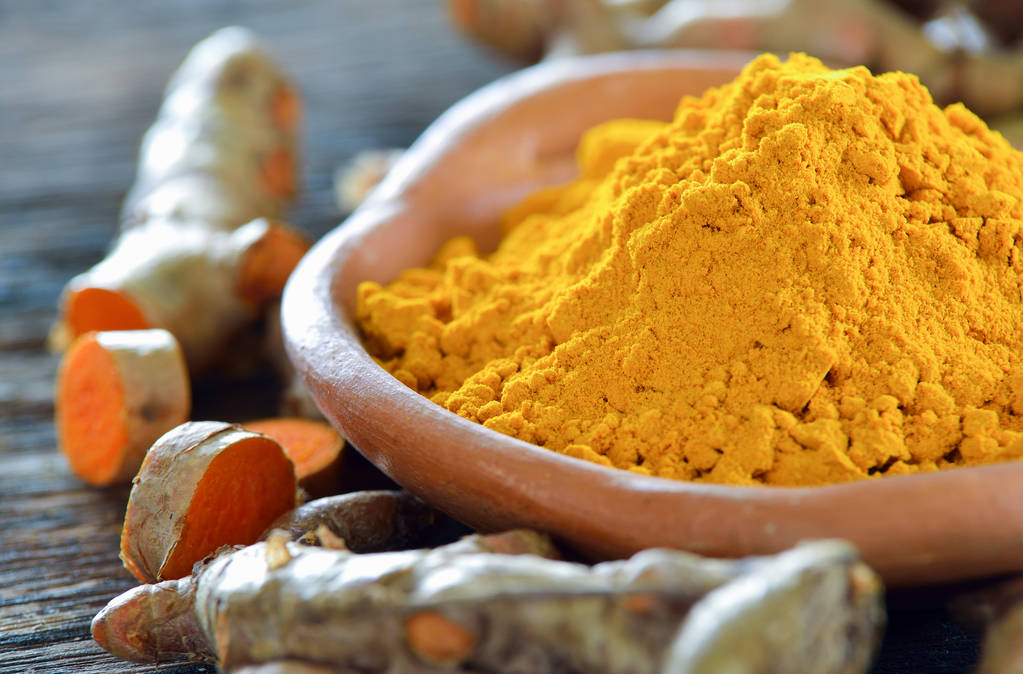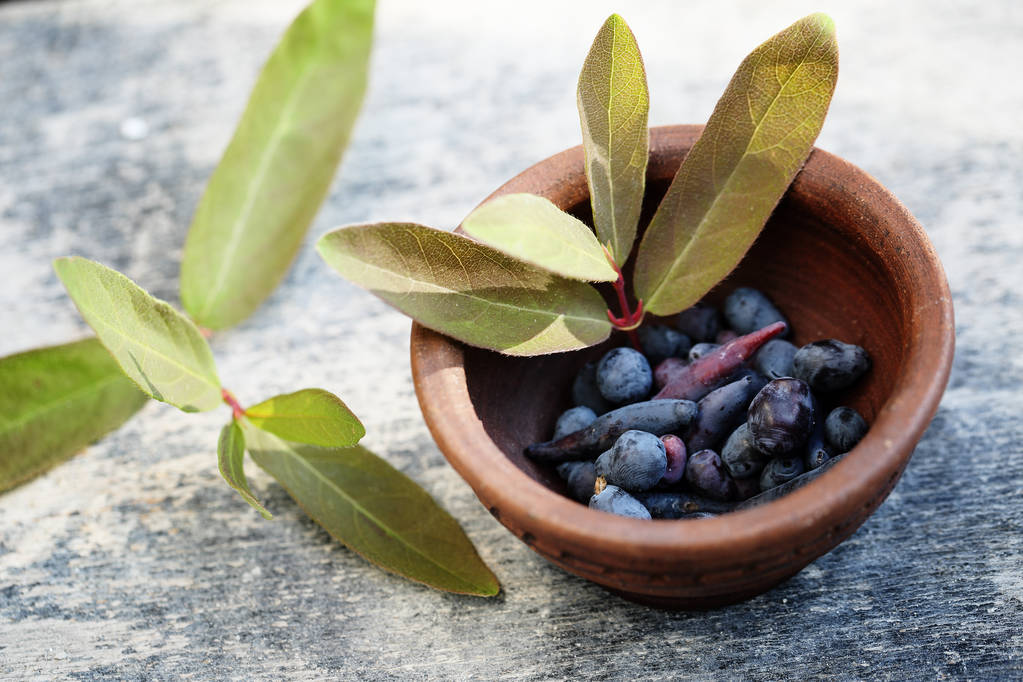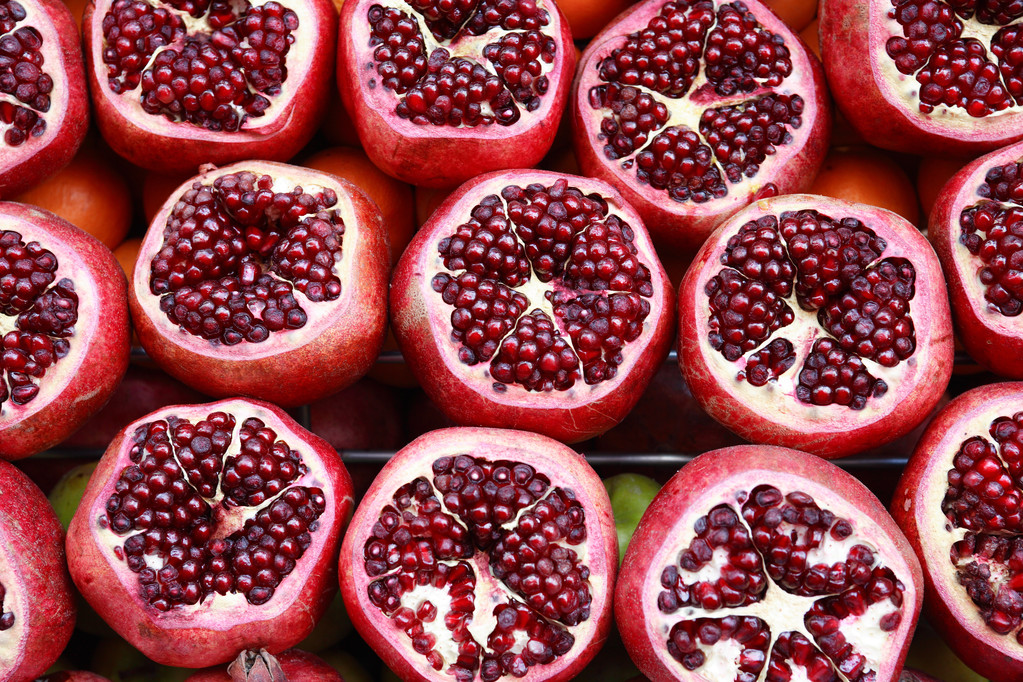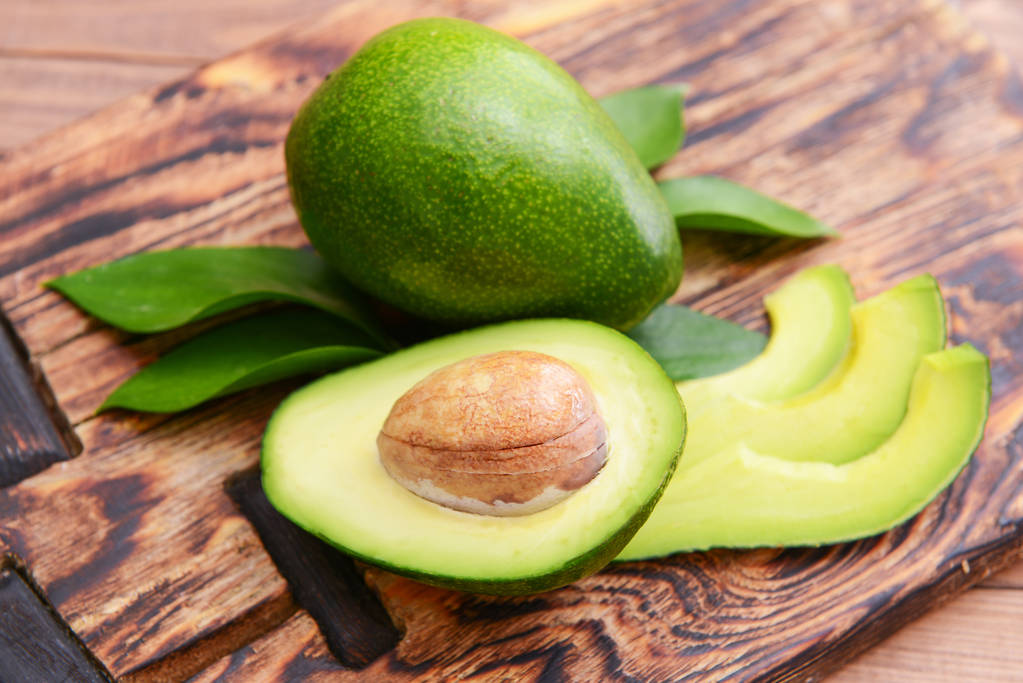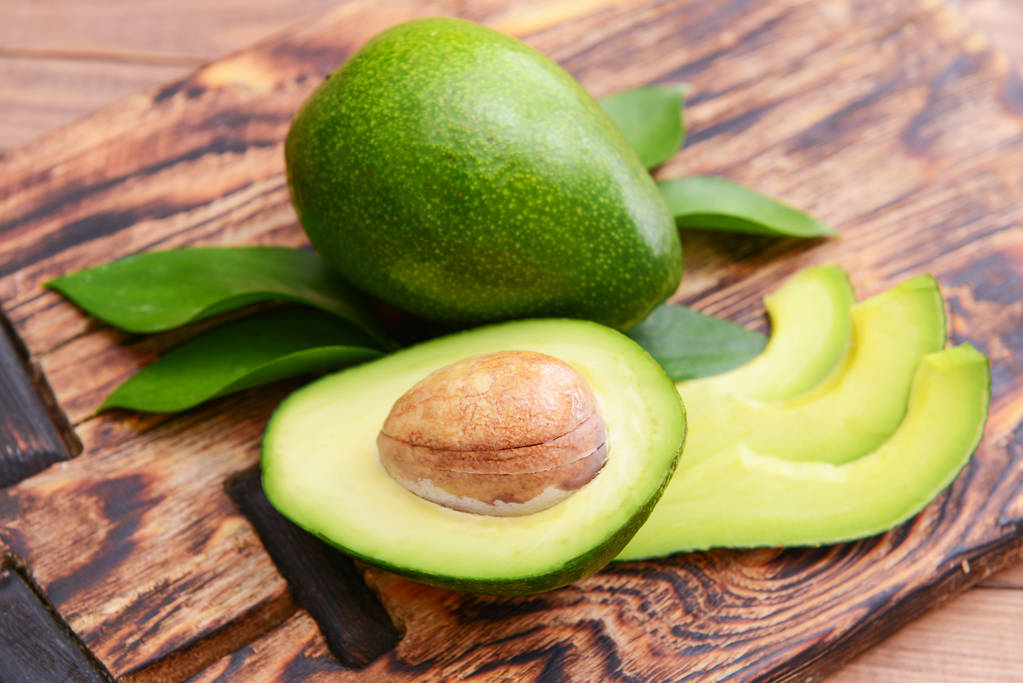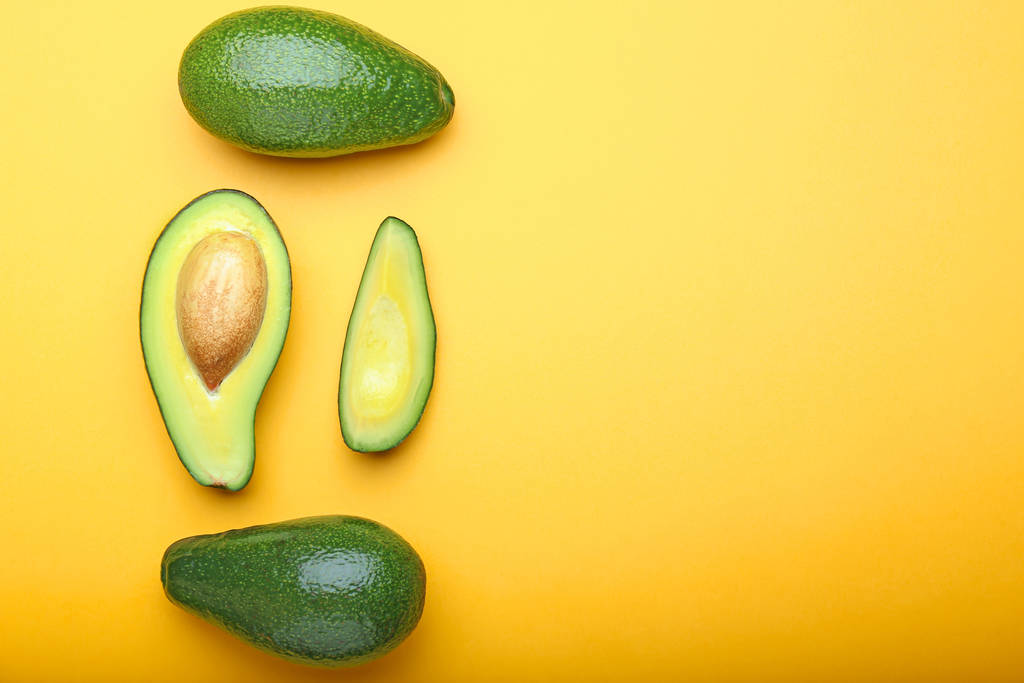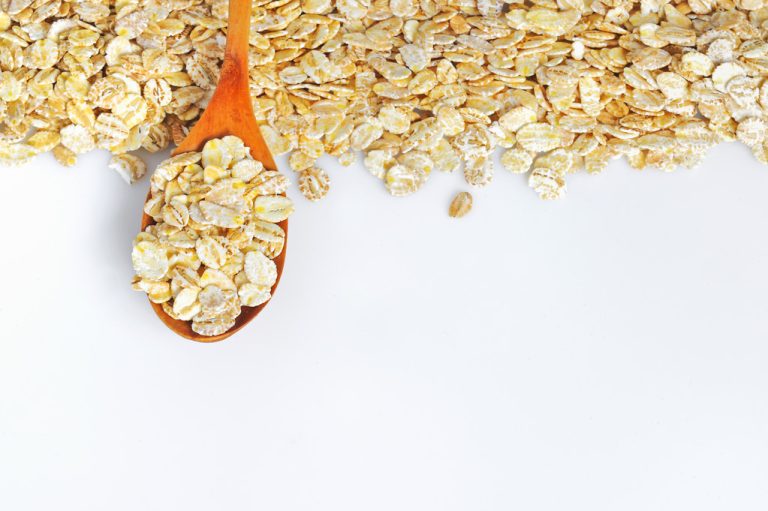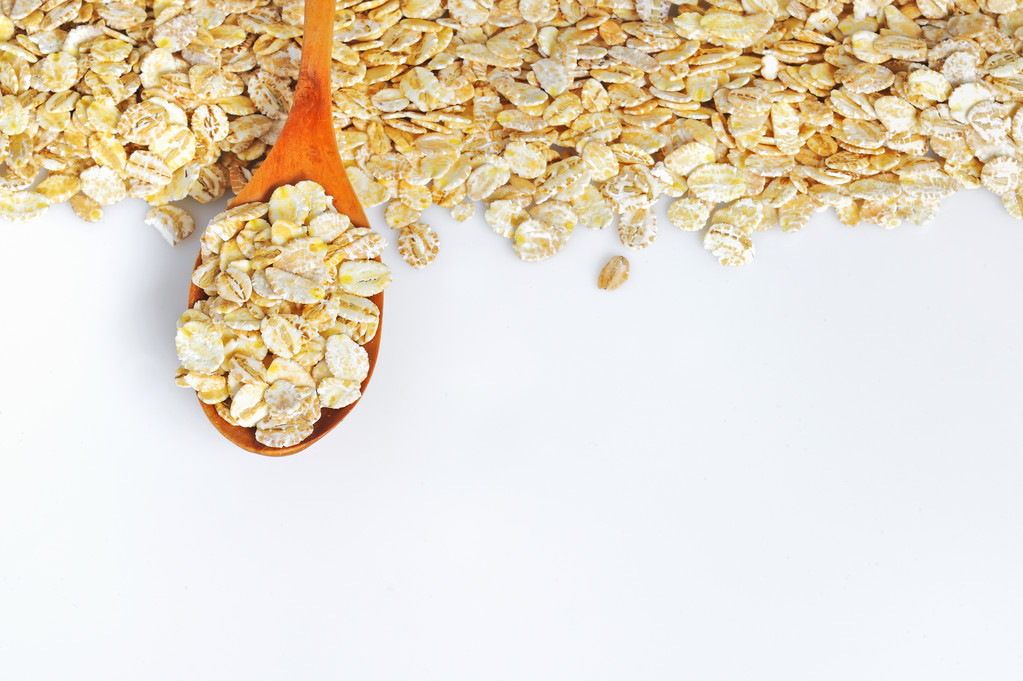Quinoa is a grain that is very rich in protein and is commercially available in different colors. The Inca grains look like rice and are used that way.
What is quinoa?
Quinoa is also commercially available under the names Peru rice or Inca wheat. Quinoa rice comes from South America and actually belongs, botanically, to the goosefoot family, like spinach, for example. Quinoa is used in place of grains in Bolivia, Peru, and Ecuador.
THE VALUABLE INGREDIENTS OF QUINOA RICE

Quinoa is also known as a superfood because it contains many valuable ingredients. It can be particularly useful for vegetarians and can supplement the menu with good minerals and vitamins, e.g. in vegetarian recipes for the summer. But the good ingredients can also convince warm:
1) Quinoa – is a valuable source of protein.
The Inca grains contain all nine essential amino acids, including above-average amounts of tryptophan, the protein that protects us from migraines, depression, and mood swings. The amino acid lysine is the building block of our muscle tissue. Lysine also provides strong connective tissue and can even repair it.
With 14% protein in 100g, quinoa is an ideal food source for athletes and an important source of protein for vegans.
2) Quinoa has a detoxifying effect
Most foods in our modern diet are too acidic. If the acid-base balance is permanently disturbed, this can lead to a lack of energy, chronic fatigue, rheumatism, osteoporosis, and cardiovascular diseases.
The quinoa grain, which contains potassium and magnesium, deacidifies the inside of the cells. This stops inflammatory processes, you regain energy, clearer skin, and firmer nails.
3) Quinoa contains many minerals and vitamins
Inca wheat provides us with above-average amounts of the minerals calcium, phosphorus, iron, magnesium, potassium, and zinc. The superfood can also score with the valuable vitamins B1 and B6. These are important for the tent structure and our immune system.
4) Quinoa keeps blood sugar levels steady
Quinoa contains long-chain carbohydrates. These must first be broken down by the body and therefore ensure a longer feeling of satiety. Due to the slower digestion, the blood sugar level remains constant. Ideal for diabetics.
5) Quinoa is gluten-free
For those suffering from celiac disease or gluten intolerance, quinoa can serve as a grain substitute because it does not contain any gluten.
RECIPES WITH QUINOA – THE SUPERFOOD
The quinoa seeds are versatile and contribute to a healthy diet. The pseudo-grain can be very valuable during pregnancy.
In this country, you get the white, soft, mildly nutty-tasting variety, the black one with a more earthy taste, and the firmer, red quinoa grains.
1) Quinoa Rice Basic Recipe
Wash the grains in a fine-mesh sieve with hot water to remove the bitter taste. Then briefly bring the quinoa to the boil with the spices, cover, and simmer over low heat for 10 minutes, and then leave to swell for a quarter of an hour. The finished Inca rice can be used as a delicious side dish like regular rice or as a filling for vegetables or meat strudel.
2) Puffed quinoas
Similar to making homemade popcorn, in a saucepan, add 2 tablespoons of oil and quinoa seeds (cover the bottom of the saucepan). Put a lid on and heat. As soon as the grains begin to puff, move the pot slightly every now and then. Salt or season like popcorn. The quinoa popcorn tastes slightly sweet by nature.
Puffed quinoas are ideal as a superfood breakfast with fresh, sliced fruit or yogurt, but also as a crunchy garnish or topping on salads or pastries.
3) Fish fillet with quinoa breading
Salt 2 pollock fillets, refine with a little lemon juice, and coat in breadcrumbs. Use puffed quinoas (store-bought or homemade) instead of breadcrumbs. Press lightly, pick out in oil.
4) Vegetarian quinoa summer salad with feta
Cook 1 cup of quinoa according to the basic recipe and let cool.
Meanwhile, peel and chop a small cucumber (from the health food store). Tear a heart of lettuce into small pieces. Toss the pieces of lettuce in a salad bowl along with a packet of crumbled feta cheese and the quinoa seeds.
Prepare the dressing of 1 teaspoon lime juice, 1 teaspoon white wine vinegar, 2 teaspoons olive oil, salt, pepper, and herbs to taste and pour over the summer salad. Serve with toasted bread.
5) Chocolate cake with fresh raspberries
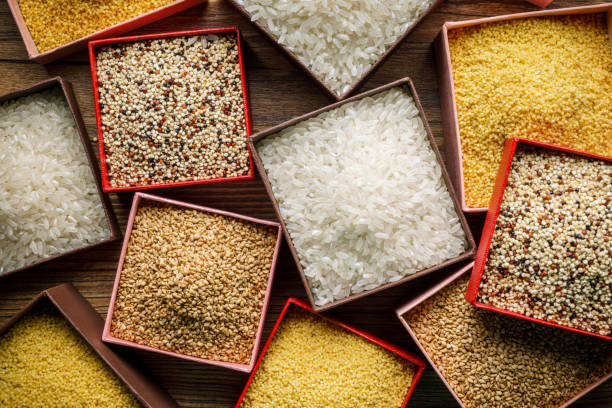
Cook 2/3 cup quinoa as described in the basic recipe and let it evaporate.
Heat the oven to 175 degrees. Meanwhile, combine 3/4 cup melted butter, 1/3 cup milk, and 1 teaspoon vanilla sugar in a stand mixer. Then add two cups of the cooled quinoa and stir in. In another bowl, combine 1/2 cup brown sugar, 1 cup cocoa powder, 1 1/2 teaspoons baking soda, 1/2 teaspoon baking soda, and some salt. Finally, mix everything together and stir until the batter is smooth. Pour into two buttered tart pans and bake for about 40 minutes. Plunge to cool down.
For the topping, whip up 400 ml whipped cream and two sachets of vanilla sugar. Wash 500g raspberries, chop 3/4 of them and fold them into the whipped cream. Spread half of the whipped cream and raspberry mixture on one of the cakes, put the second cake on top, and spread with the remaining cream. Garnish with a few whole raspberries. Covered and kept in the fridge, the gluten-free delicacy stays fresh for at least two days.

